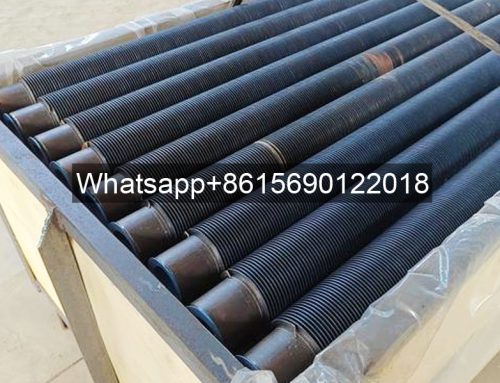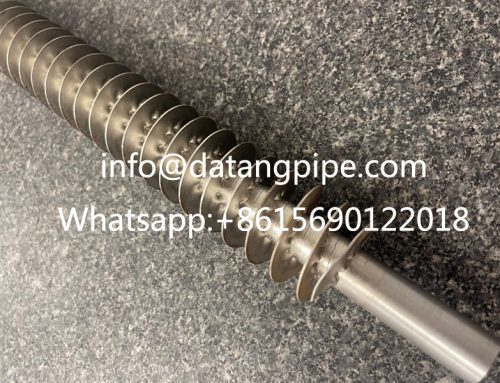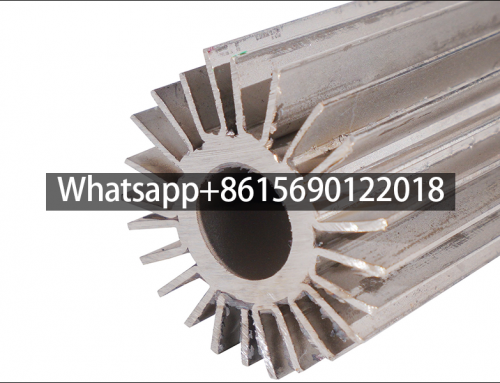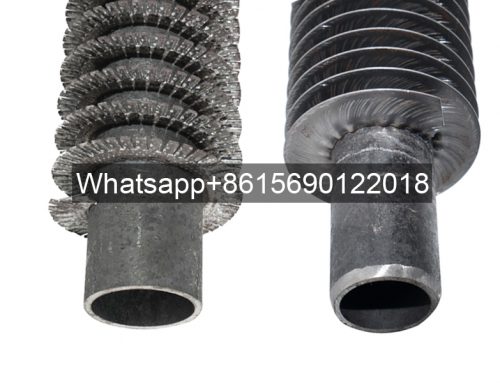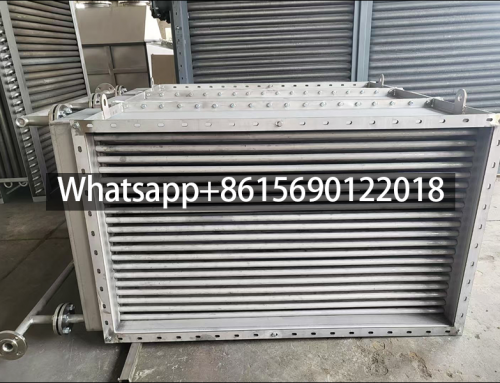The Superiority of Seamless Fin Tube Materials
Seamless Fin Tube Technology and Applications
1. Manufacturing Process Characteristics
Process ParameterTypical ValueBase tube material Carbon steel, stainless steel, copper alloys Fin formation methodCold rolling/extrusionFin height tolerance±0.1mmSurface roughnessRa ≤ 3.2μm Minimum bend radius3× tube diameter
2. Performance Advantages
- Thermal efficiency: 15-30% higher than welded fins
- Pressure resistance: Withstands up to 35MPa
- Corrosion resistance: No vulnerable weld seams
- Vibration resistance: Integral fin structure prevents loosening
3. Technical Specifications by Type
TypeMax Temp (°C)Pressure Rating (MPa)Fin Density (fins/inch)Common ApplicationsStandard400105-11Heat exchangersHigh-Temp650154-8Boiler systemsCorrosion-Resistant30087-19Chemical processingEnhanced550259-13Power generation
4. Material Compatibility
Base MaterialMax Continuous Temp (°C)Thermal Conductivity (W/m·K)Recommended MediaCarbon Steel45043Steam, oil304 SS65016Acids, vaporsCopper200401RefrigerantsTitanium30022Seawater
5. Selection Considerations
When specifying seamless fin tubes, engineers should evaluate:
- Thermal requirements: Fin density and height impact heat transfer
- Mechanical stresses: Pressure and vibration conditions
- Chemical exposure: Material compatibility charts
- Economic factors: Lifecycle cost vs initial investment
The superior performance of seamless fin tubes makes them particularly valuable in critical applications such as: ✔ Nuclear power plant heat exchangers
✔ Offshore oil platform systems
✔ Aerospace thermal management
✔ High-pressure process industries
Modern manufacturing techniques now enable customized fin geometries including:
- Helical fins (for turbulent flow enhancement)
- Longitudinal fins (for directional heat transfer)
- Variable-pitch fins (for optimized thermal gradients)
1. Excellent pressure resistance of seamless fin tubes
Seamless fin tubes are usually made of high-strength metal materials, such as high-quality carbon steel, alloy steel, etc. Its seamless structure is one of the key factors for its excellent pressure resistance. Compared with seamed pipes, seamless structures avoid the relatively weak link of welds.
In heat exchange systems, especially under conditions involving high temperature and high pressure, such as steam heating or cooling systems in chemical production, heat recovery systems in power plants, etc., seamless fin tubes can withstand huge pressure without cracking or deformation.
When the heat medium flows in the tube, the seamless fin tube can stably maintain its structural integrity. This excellent pressure resistance not only ensures the safe conduct of the heat exchange process, but also extends the service life of the equipment.
For example, in the refinery of the petrochemical industry, a large amount of high-temperature and high-pressure fluids need to be processed. Seamless fin tubes can reliably operate under such harsh conditions, reducing the risk of leakage and production accidents caused by pipe damage.
Datang fin tube source manufacturers mainly operate in three sectors: home decoration and industrial heating radiator sector, large space air conditioning heating sector, industrial heat exchange equipment waste heat recovery sector, and produce more than 3 million units of various equipment annually.
2. Excellent thermal conductivity of seamless fin tubes
The metal materials used to make seamless fin tubes have good thermal conductivity, such as copper, aluminum and their alloys. These materials can quickly transfer heat from the heat medium in the tube to the tube wall, and then transfer it to the surrounding environment through the fins.
This characteristic of seamless fin tubes enables heat to be transferred inside and outside the tube in a short time, improving the efficiency of heat exchange.
In the condenser and evaporator of the air-conditioning system, seamless fin tubes can effectively exchange the heat carried by the refrigerant with the outside air, achieve rapid cooling or heating, and improve the performance of the entire air-conditioning system.
In some industrial production that requires precise temperature control, the high thermal conductivity of seamless fin tubes can ensure the timeliness and accuracy of heat exchange, which is conducive to the stable operation of the production process.
3. Good corrosion resistance of seamless fin tubes
Seamless fin tube materials perform well in corrosion resistance, which is crucial for their application in complex environments. Different corrosion-resistant materials will be selected to make seamless fin tubes according to different use environments.
For example, in environments where corrosive gases or liquids exist, such as the chemical and pharmaceutical industries, seamless fin tubes made of titanium alloy or stainless steel are widely used. Titanium alloys have excellent corrosion resistance and can resist the erosion of a variety of strong acids, strong alkalis, and harsh environments such as seawater.
Alloy elements such as chromium and nickel contained in stainless steel can form a dense oxide film on its surface to prevent corrosive substances from contacting the metal inside the pipe. This good corrosion resistance ensures that the seamless fin tube will not reduce its heat exchange performance due to corrosion during long-term use, reducing maintenance costs and replacement frequency, and improving the reliability of the equipment.
4. Seamless fin tubes have strong adaptability to thermal expansion and contraction
During the heat exchange process, seamless fin tubes will continue to experience temperature changes, resulting in thermal expansion and contraction. The material of seamless fin tubes can better adapt to this physical change in design.
The selection of materials and structural design take into account the matching of thermal expansion and contraction coefficients. High-quality metal materials have appropriate toughness and ductility, which can allow the pipe to expand and contract to a certain extent when the temperature changes without generating excessive stress.
The seamless structure reduces the problem of weld cracking caused by thermal expansion and contraction. This good adaptability to thermal expansion and contraction enables seamless finned tubes to work stably in environments with frequent temperature fluctuations, such as the waste heat recovery system of intermittently operated industrial heating furnaces, and avoids the influence of heat exchange efficiency due to pipe damage.
5. High purity and stable quality of seamless finned tubes
The high purity of the material is not only conducive to improving its thermal conductivity and mechanical properties, but also ensures the quality stability of the pipe. In long-term heat exchange operation, impurities may cause local corrosion, reduce thermal conductivity and other problems.
With its high material purity and stable quality, seamless finned tubes can continuously and stably perform their heat exchange functions and provide reliable protection for various heat exchange systems.


